The legacy of the Royal Georges
Royal baby: the legacy of the Royal Georges
The infant Prince George of Cambridge is the latest in a long line of royal Georges, with his six ruling namesakes leaving a colourful legacy which has defined the modern monarchy.
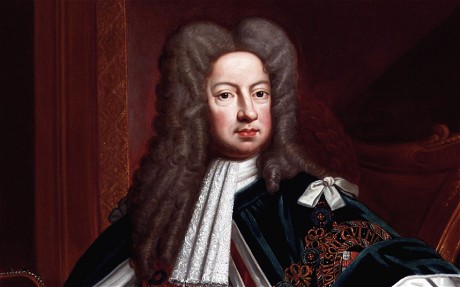 King George I, the eldest son of the Duke of Brunswick-Lüneburg, was born in 1660 and inherited the throne from Queen Anne in 1714, becoming the first Hanoverian king of Great Britain.
King George I, the eldest son of the Duke of Brunswick-Lüneburg, was born in 1660 and inherited the throne from Queen Anne in 1714, becoming the first Hanoverian king of Great Britain.
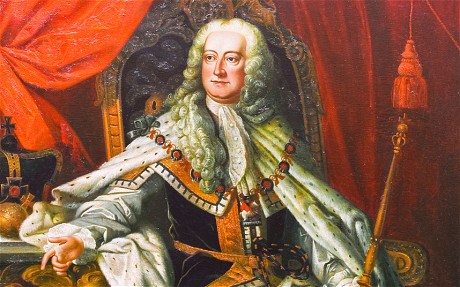 The son of George I was created Prince of Wales in 1714 and inherited the throne in 1727. He had nine children and is best known for being the last British sovereign to fight alongside his own soldiers, seeing active service in Germany in the 1743 Battle of Dettingen against the French.
The son of George I was created Prince of Wales in 1714 and inherited the throne in 1727. He had nine children and is best known for being the last British sovereign to fight alongside his own soldiers, seeing active service in Germany in the 1743 Battle of Dettingen against the French.
George II took little interest in politics in his latter years, but under his reign British influence expanded in the colonies. He died on Oct 25, 1760. His eldest son Frederick, died before him in 1751, leaving his grandson to inherit the throne.
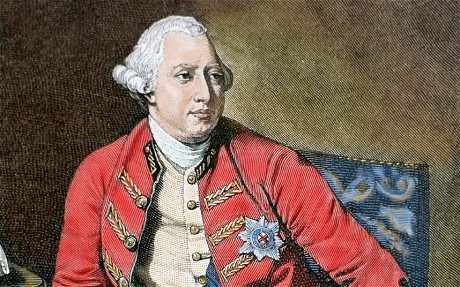 George III was born on June 4, 1738, and succeeded his grandfather in 1760, becoming the first Hanoverian monarch to be born in Britain and have English as a first language. He is perhaps the best remembered of the Georges, being nicknamed Mad King George after losing his sanity in his latter years. He is also remembered for losing the American colonies. Official literature from the Palace states his popular legacy is “far from the whole truth”.
George III was born on June 4, 1738, and succeeded his grandfather in 1760, becoming the first Hanoverian monarch to be born in Britain and have English as a first language. He is perhaps the best remembered of the Georges, being nicknamed Mad King George after losing his sanity in his latter years. He is also remembered for losing the American colonies. Official literature from the Palace states his popular legacy is “far from the whole truth”.
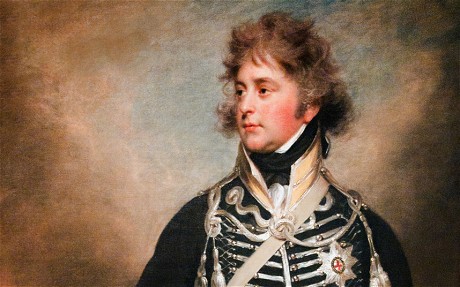
George IV, the son of George III, became Prince Regent in 1811 as his father became ill. He inherited the throne in 1820.
He had a colourful personal life, illegally marrying the Roman Catholic Maria Fitzherbert in secret, before an official marriage and attempted divorce from Princess Caroline of Brunswick in 1795.
He collected the art at the heart of the royal collection and built the Royal Pavilion in Brighton. The Palace also recognised him for his contribution to the “ceremonial side of the monarchy”, after he embraced much of the pageantry that continues to the modern day. His coronation cost 24 times that of his father’s.
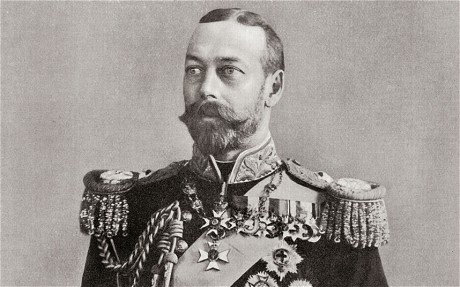
George V, the first king of the house of Windsor, ascended to the throne in 1910 upon the death of Edward VII, amid constitutional crisis over the House of Lords.
Known for his reign during the First World War, he visited injured servicemen and later adopted the family name of Windsor due to anti-German sentiments towards Saxe-Coburg-Gotha. He helped to negotiate during the 1926 General Strike and 1916 Easter Rising, and started the annual Christmas broadcast in 1932.
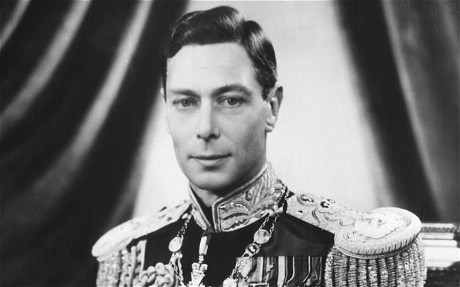
George VI, the Queen’s father, became King in 1936 unexpectedly following the abdication of his brother Edward VIII.
Latterly remembered for his stammer, he reigned during the Second World War and remained in Buckingham Palace, visiting bombed-out areas of London with his wife, Queen Elizabeth. He instituted the George Cross and George Medal, for acts of bravery by citizens, and visited troops in France, Italy and North Africa.
In 1947, he became the first monarch to go on tour with his family, visiting South Africa with the young Princess Elizabeth and Princess Margaret. Suffering poor health in his later years, he died in his sleep in February 1952 at Sandringham aged 56.
He was portrayed by Colin Firth in the Oscar-winning 2010 film The King’s Speech.
